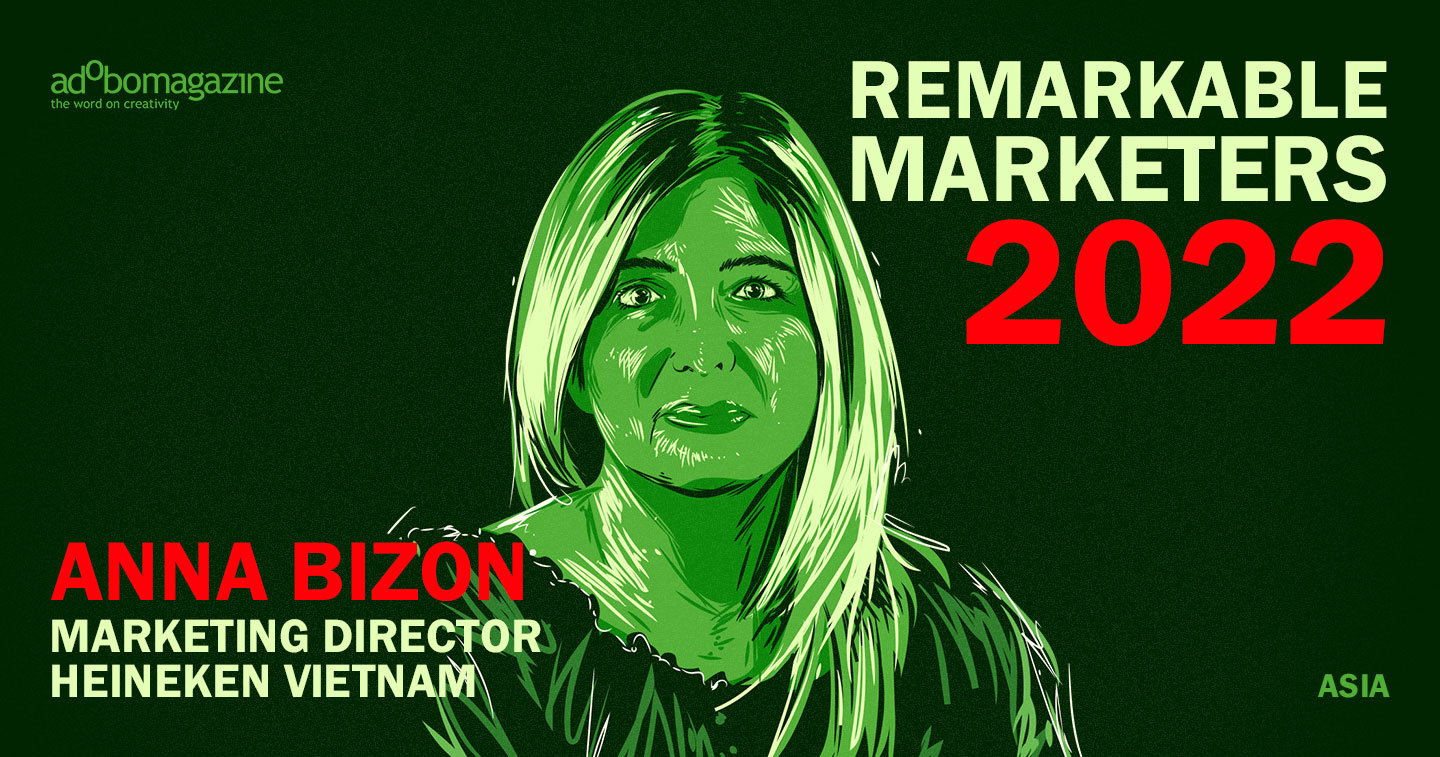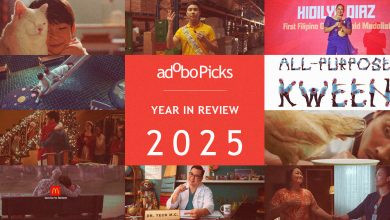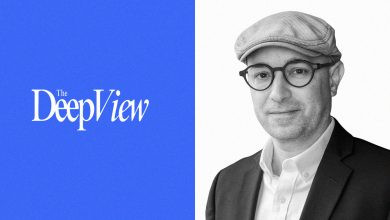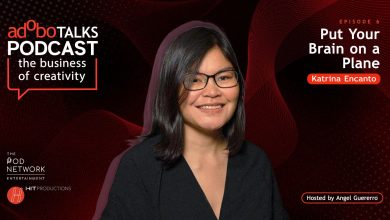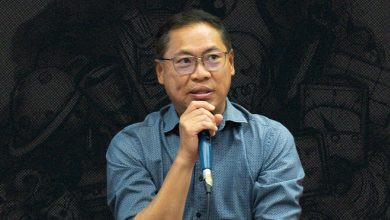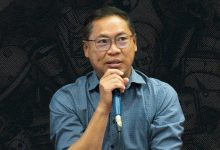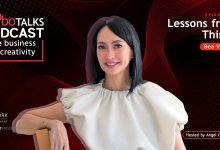MANILA, PHILIPPINES — With over 20 years of experience in building and executing winning brand strategies for beverage brands, Heineken Vietnam Marketing Director Anna Bizoń continues to lead her team with creativity and courage to experiment, driving sustainable value for brands. These efforts have paid off tremendously, with Heineken Vietnam fresh off its two wins win at the 2022 Spikes Asia Awards for their “Juke Music in a Can” campaign, created by Leo Burnett, which was recently shortlisted at Cannes Lions.
The winning execution saw the refreshed design of Heineken’s sleek cans livened up with AR technology — partnering with Spotify, users could scan Heineken’s two-letter combinations on the new cans and match them with a roster of artists. Over five million people drank and listened to music with 23.3 million sleek cans sold.
“We launched [the campaign] based on the insight that beer tastes better with music, leading us to the biggest music collaboration in Heineken music history in Vietnam,” Bizon shared. “[This] led to 583 musicians’ names sharing their naming with Heineken. Using 3D AR technology with a letter-recognition algorithm, we turned our sleek cans into personalized jukeboxes in close collaboration with Spotify. With every move of the can people could recognize different artists having 2 visible letters in their name and add them to a Spotify playlist. Possible combinations in Heineken Juke were endless and ranged across all music genres, leading to consumers, musicians and influencers creating over 500,000 playlists.”
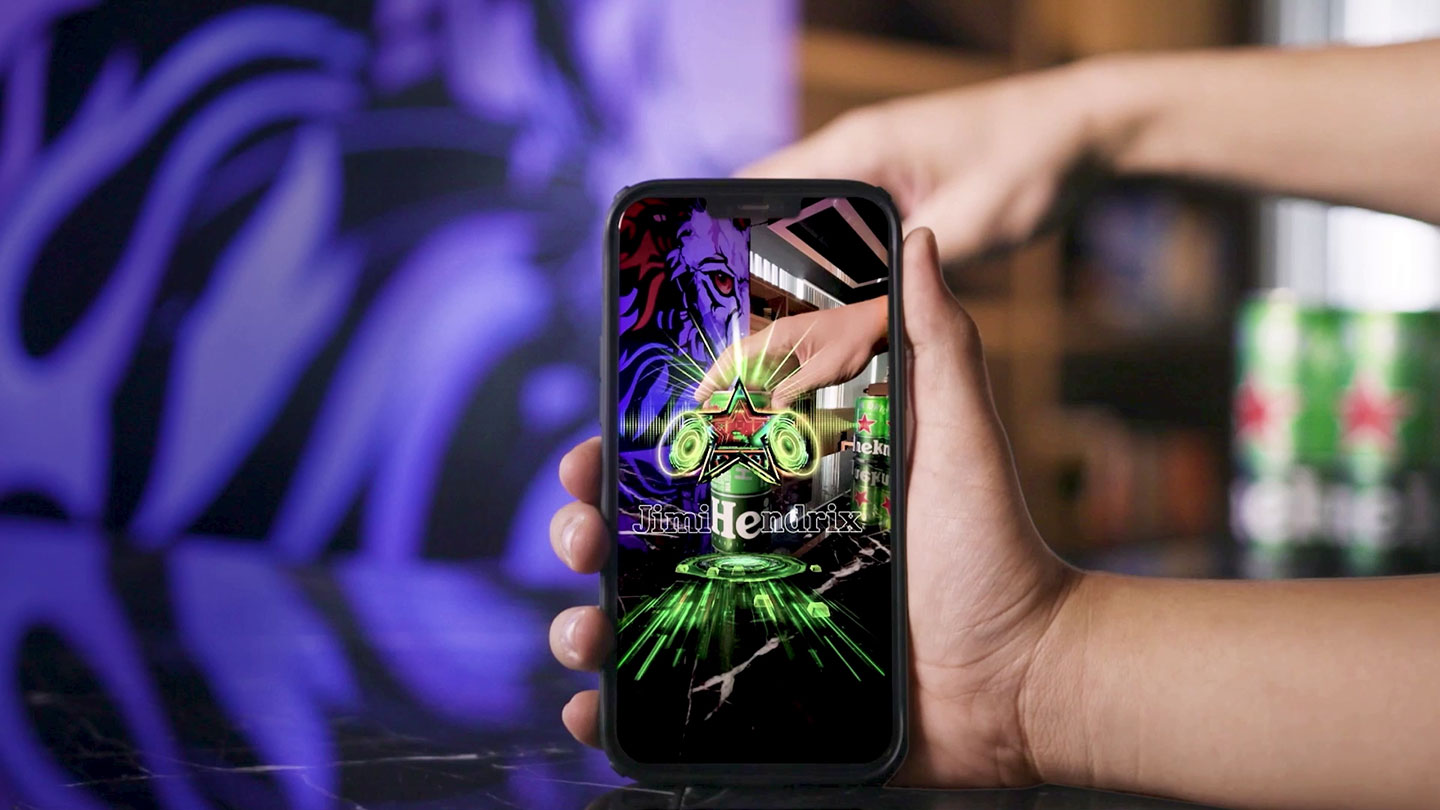
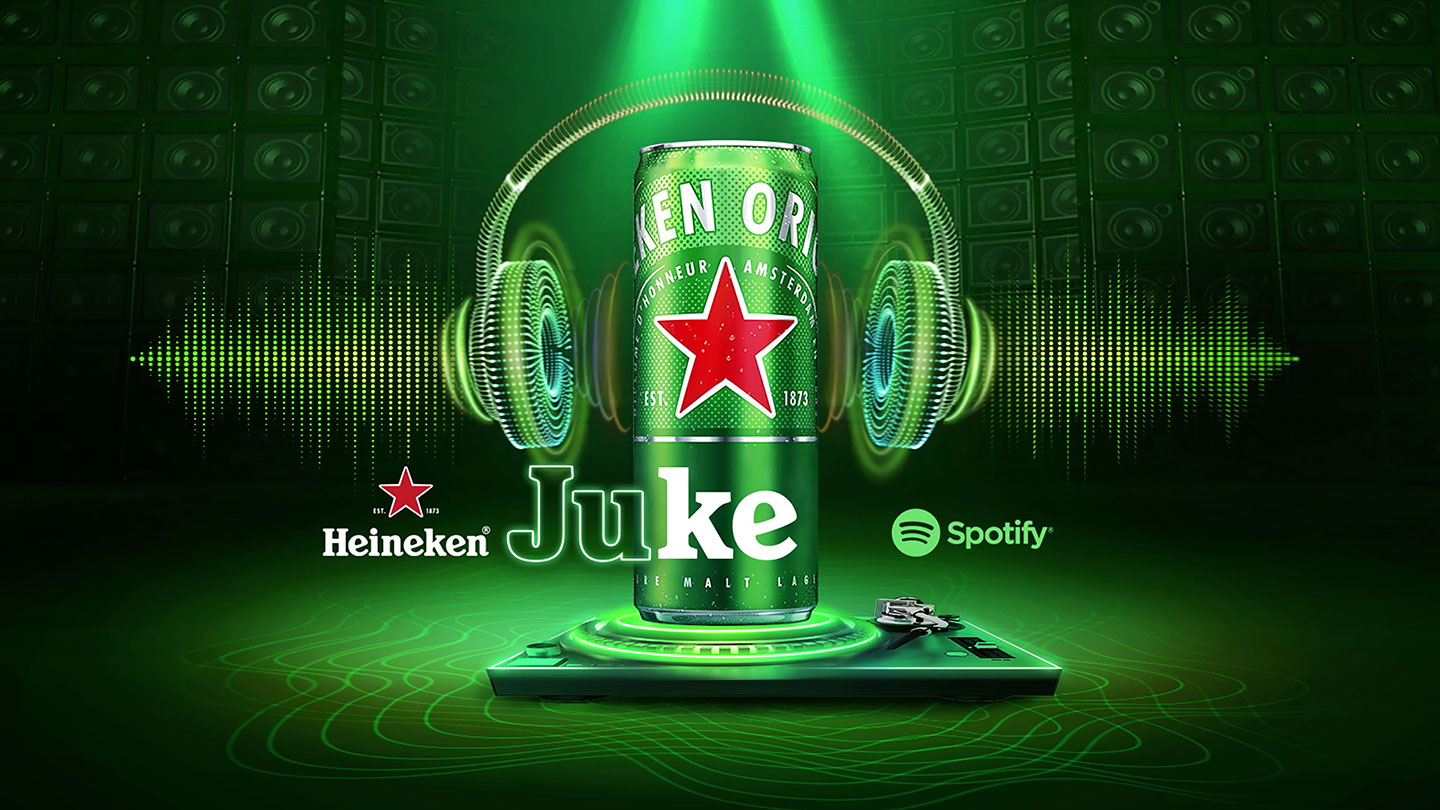
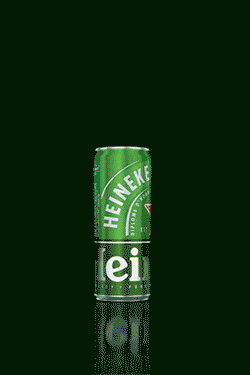
Maintaining its relevance in Vietnam’s younger and growing middle class, Bizoń’s priority is keeping up with newly emerged values such as a higher emphasis on quality and health, leading to a demand for lighter session drinking. “We know that making moderation cool is a long journey in Vietnam thus we are trying to do so in a fun and relevant way,” Bizoń shared, adding that they had also recently collaborated with leading Vietnamese rap artist Justatee on a song called “Dân chơi sớm” [The Early Players].
Bizoń talks to adobo Magazine about how adaptability, sustainable growth, and active consumer involvement can guide authentic and high-impact initiatives, especially in reaching new audiences.
adobo: The field of marketing has evolved in the past decade — more so in the past two years. How do you foresee the industry moving forward from here?
Bizon: The past two years of Covid-19 accelerated some trends, which started to slowly emerge in Vietnam already a couple of years ago. We were somehow forced to pause and rethink our priorities and values and adapt to new ways of working or socializing. Consequently, the value of experiences and the moments in life gained importance, as it started to compete with material values that are important in Vietnam. This means that independently of our social status, we simply wanted to enjoy life more as we understood how fragile it might be.
Moreover, consumers started to value quality more, became more conscious of ingredients, searching for brands with strong sustainability actions. On a daily basis, we could see how more Vietnamese care about their physical and mental health aspects — as an example, many Vietnamese have begun using bikes instead of engine motorbikes during their leisure time. Plus as always in the middle of a crisis, our local pride, our support for local suppliers, and the feeling of being united as a nation were further amplified.
Heineken Vietnam is a very dynamic organization with strong adaptability capabilities, so we adjusted our portfolio and commercial strategies to those new consumer dynamics relatively fast. We do take responsibility to drive moderate consumption and focus on more “light enjoyment” products, with our organization’s focus on Heineken Silver or Tiger Crystal — both very crispy, session-able products with lower alcohol. They are the fastest-growing propositions in the market, which is in line with our ambition of “more with less alcohol.”
As a leading brewer in Vietnam, we shape the 0.0 category with Heineken 0.0, which we just started to produce locally in Vietnam. On top of moderation, the growing value of quality in combination with openness to experimenting opens the opportunities for developing the beer market beyond lager beers. We already see a great appreciation for our recently launched Tiger Platinum wheat lager with a hint of orange peel, or the Edelweiss wheat beer, born in the European Alps. With a growing middle class in Vietnam, we expect further market premiumization. We live in a land full of opportunities, thus the future is very exciting!
The pandemic has also sped up digital adoption in Asia-Pacific, accelerating several digital trends to the fore, such as the cookieless race or XR tech. How does this affect your brand, and how are you coping with these looming digital changes?
My experience is that digital adoption in Asia is much faster than in Europe and available tools are much more diverse, also driven by strongly entrepreneurial Asians experimenting with technologies in their startups. I love Heineken for its entrepreneurial nature and courage to explore new things, which sometimes come with big wins and sometimes with painful lessons.
In this ever-changing digital landscape, a mindset of curiosity and an explorative soul is key to transforming the entire organization into a dynamic environment. We have several brand-building examples where in the last 12 months we went far beyond our comfort zones. An example is our Tiger Platinum launch, which was fully delivered through the digital landscape of gaming, e-wallets, and live-streaming while trial building instead of being traditionally served in a quán nhau [local restaurant] — through on-to-off digital vouchers. Another great example born from our partnership with Leo Burnett and rewarded with two Spike awards is “Heineken Juke.”
The game-changer in our digital transformation is a strong digital adoption of our sales force, demonstrated through our B2B digital expansion. Within one year, we have converted tens of thousands of customers to order from our portfolio through our B2B app DAT HANG, supporting them and distributors to digitize their businesses and get ready for Industry 4.0.
Consumer behavior has changed rapidly in the past two years. Halfway into 2022, what are your insights on this new consumer behavior and how has this affected your marketing framework, objectives, and strategies?
I believe we have raised as an organization to highlight adaptability — while our strategies have slightly shifted as we have well foreseen upcoming trends, our commercial plans were what significantly changed.
Sustainable growth has always been an important pillar of our strategy. Covid times and consumer changes made us accelerate with this agenda for our brands. We put strong priority on “Heineken Greener” – making sure we become a little bit greener every day. We are on the way to 100% green energy for the Heineken brand, we secure 100% of packaging being recyclable while our bars during events will be made of green and upcycled elements.
Having been in the Vietnam market for 30 years, we feel responsible for supporting local communities and helping bring that vibrant energy back to Vietnam. At the beginning of this year, we strongly focused on supporting our customers in reopening activities. Heineken Vietnam introduced a holistic program focused on bringing consumers back to outlets and reigniting connections and crowds. Through our “First Round on Us” initiative, we cheered consumers across 33 provinces with a complimentary welcome drink after the lockdown period. We also supported outlet owners by running a social media campaign “Call Out Your Favorite Outlet, Fuel Their Courage,” promoting our consumers’ favorite places. The speed and ambition of our innovation agenda have also adjusted much to the new reality.
In your opinion, how important is it for brands and marketers to create a brand experience for their consumers? What should brands take note of in conceptualizing these experiences, especially in 2022?
Beer is all about togetherness and bonding — it is all about experiences and story-doing rather than story-telling. Based on our knowledge, beer is the most BTL-driven category with FMCG while events and experiences play a critical role.
In the last two years, consumers had very limited options for offline experiences; today, they are hungry to meet with others, be outside, and have those small meaningful moments and also those once-in-a-lifetime experiences. And we simply let them enjoy those moments with several options. In the last weeks, we have sponsored SEA GAMES with our Bia Viet brand, facilitating several events and activations related to this platform.
With viewing and music events organized for HCMC and Danang in support of Vietnam’s football team’s bid for the SEA Games championship, this reminded us how much we missed this brand and consumers bonding — the energy was fantastic! And we have others ongoing – Heineken brings unique music experiences to several regions, Edelweiss provides a full sensorial journey to public events, Strongbow does chill camps while Bivina holds seafood and beer fests. We strongly believe that creating true togetherness — the purpose of the Heineken company — is a great lighthouse for our commercial activities.

What makes an effective campaign? Could you share with us your creative process? Can you share with us some case studies or campaigns that you have done that showcase the points on effectiveness and your creative thinking process as shared above?
In my opinion, the most effective campaigns come from the combination of science, art, and courage. By science, I mean strong consumer insights in combination with an efficient media plan and assets tailored to segmented consumers – this task can be delivered through an in-depth understanding of market and consumer data.
Art in the context of campaigns stands for creativity. In Heineken, we use a “creative ladder” as a tool to judge our own work with the mindset of improving with each and every campaign. Personally, I strongly believe that modern creativity should go far beyond the marketing landscape and marketing tools; it should be linked to a broader business. However, what I learned working in Vietnam is the importance of comprehension — Vietnamese read commercials quite literally thus if you are super creative but the key message is not clear — do not expect that you will impact or change consumer behavior.
Last but not least, every campaign should leave room for courage — trying new things and experimenting. That is the role of marketing leaders, to create such an environment in our organizations and for our creative partners, triggering our teams to take some risks. As I good practice to share, I have a “courage fund” – a marketing budget frozen at the beginning of the year which I allocate to those teams which come with bold and unused ideas or tools.
As an example, I believe we do a great job with our youngest mainstream brand, Bia Viet, which builds its platforms on highly resonant insights.
Last Lunar New Year (or Tet in Vietnam), when millions of Vietnamese traveled 12 to 15 hours to their hometowns to reunite with their families, we decided to facilitate this journey back home. Alongside main highways across the country, we created “Bia Viet Reunion stations” in which travelers received free support services for their vehicles, food, and water while being entertained with uplifting pre-Tet brand activations.
What are your thoughts on a collaborative marketing process? Your partner agencies play an important role in ensuring a successful collaboration. Who are these key teams that you work with and how do you ensure a smooth and effective work dynamic?
I strongly believe in long-term, partner relationships. We learn together, we grow together, and sometimes we fail together. Today our key strategic partners are Leo Burnett and Hakuhodo and Dentsu Redstar. I can say our relationship is beyond the “dating” stage — we have been together for a couple of years, allowing us to build trust and strong consumer and business understanding among all parties involved.
What is a new experience for us is that more often we open our “kitchen” or our development process to consumers, involving them in brand development and making them our collaborative brand-building partners. In the past we co-created communication content with consumers — yet during the Covid-19 pandemic, we went a step further, inviting Gen Z consumers to co-create with us a beer or product that marks their generation. This way, Tiger Platinum, a wheat beer lager with a hint of orange peel was born and immediately gained great appreciation from Gen Z.
Brand purpose and authenticity have been front and center in campaigns in recent years. How do these tie into your brand story and in creating customer relationships?
Brand purpose has been a hot topic in recent years and I strongly believe as brands and businesses, our role should go much beyond economic benefits. That said, I am against activating brand purpose for each and every brand. Brand purpose needs to be authentically and genuinely related to the reason for brand existence and its positioning.
As an example, our youngest brand Bia Viet was born during the first wave of Covid to honor the national spirit and solidarity of Vietnamese across the country. It exists to celebrate what connects Vietnamese, so almost every activity or communication we do is truly purposeful in an authentic way. Here, our actions are more important than our words, so despite having very strong commercial launch plans, we decided to stop all activities and donate those funds to support the medical system during Covid.
For me, brands should take meaningful actions in the world, and brand purpose should be reflected in the way brand behaves, and what it does in each and every aspect rather than in flights of advertising campaigns.
On the corporate level, Heineken Vietnam remains committed to our sustainability agenda of “Brewing a Better Vietnam” for 30 years. Those are not just empty words but tangible actions. By the end of 2021, we aim to have already achieved zero waste to landfills across all our breweries, as our beers are currently brewed with 52% renewable energy. Moreover, we have committed VND 30 billion towards restoring Vietnam’s natural environment — through reforestation and the restoration of wetlands. This true drive and commitment make Heineken Vietnam being recognized as the second most sustainable company in Vietnam, the sixth consecutive year our company being honored in the Top 3.
What marketing trends or projections are you most keen to see materializing this year?
I would love to experience the Vietnamese discovering the beauty of the beer category, experimenting with new products and going beyond lagers, using playful ways of serving.
I am keen on creating a journey of experimentation and experiencing. What I would dream about seeing this year — but I’m afraid it will stay my dream — is minimizing the terrible amount of plastic being used in Vietnam. I would love the Vietnamese to become more demanding towards brands and businesses when it comes to the environmental agenda.
adobo presents Meet the Remarkable Marketers: A CMO Series, where we feature some of the most fearless, agile, and creative brand leaders across Asia. They share inspiration, insights, and key learnings that have shaped their business, from surpassing industry benchmarks and launching effective campaigns, to initiating best practices as they navigated through uncertain times.

